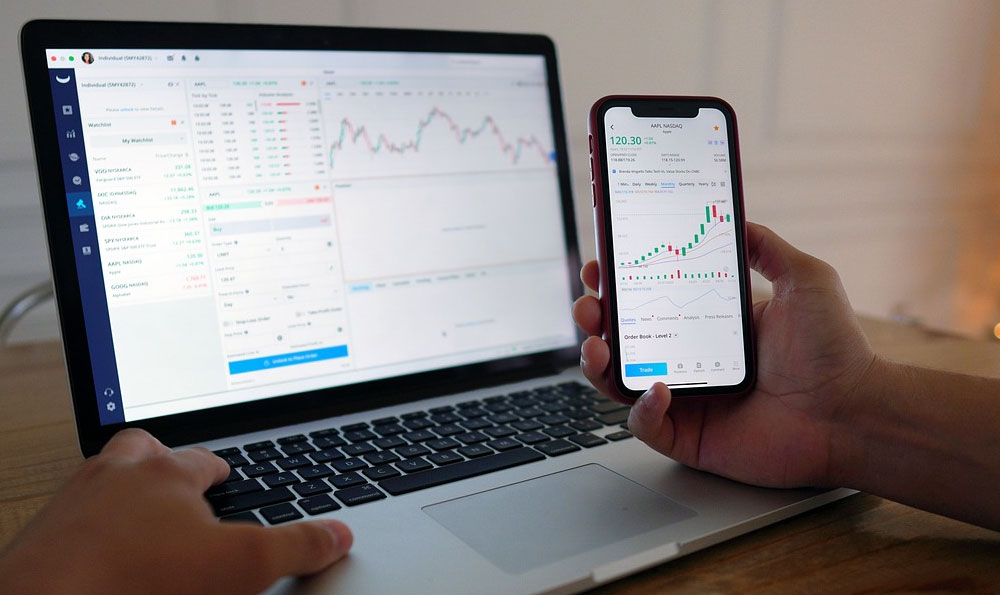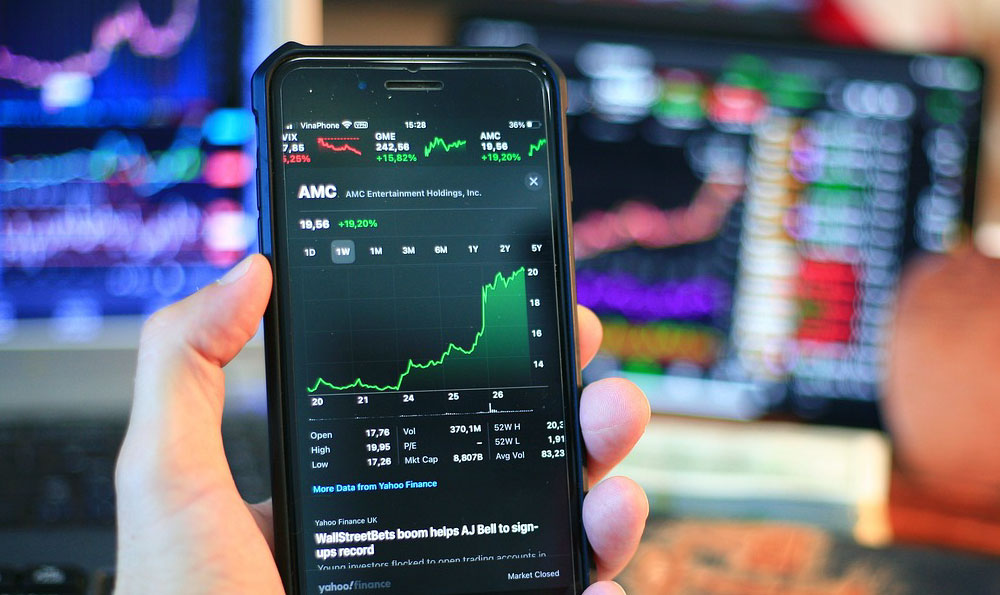Okay, I'm ready. Here's the article based on your title.
Dow Investing: What Is It and How Can I Do It?
The Dow Jones Industrial Average, often shortened to the Dow, is a widely recognized barometer of the stock market's health. It's a price-weighted index that tracks the performance of 30 large, publicly owned companies trading in the United States. These companies represent a broad range of industries and are selected for their reputation, growth, and interest to investors. Investing in the Dow, or employing strategies inspired by it, can be an entry point for both novice and seasoned investors seeking exposure to the American economy. Understanding the nuances of this index and the different ways to participate is crucial for making informed investment decisions.

So, what exactly does "Dow Investing" entail? There isn't one single, definitive method. Instead, the term encompasses several approaches, all related to leveraging the Dow Jones Industrial Average for investment gains. The most direct method is simply buying shares in each of the 30 Dow companies in a proportion that mirrors the index's weighting. This requires significant capital, as shares of some Dow components can be quite expensive. While theoretically straightforward, the transaction costs and ongoing management of individual holdings can be prohibitive for the average investor.
A more accessible route is investing in an Exchange-Traded Fund (ETF) that tracks the Dow Jones Industrial Average. These ETFs, such as the SPDR Dow Jones Industrial Average ETF (DIA), aim to replicate the performance of the index by holding the same constituent stocks in similar proportions. This allows investors to gain diversified exposure to the Dow 30 with a single transaction, and often at a lower cost than buying individual shares. ETFs offer liquidity, transparency, and the convenience of trading like a regular stock. The expense ratios for these ETFs are generally low, making them an attractive option for long-term investors.
Beyond simply tracking the Dow, some investors employ strategies inspired by its principles. One such strategy is known as the "Dogs of the Dow." This approach involves investing in the ten Dow stocks with the highest dividend yields at the beginning of each year. The premise behind this strategy is that these high-yielding stocks are undervalued and poised for a rebound. While the Dogs of the Dow strategy has historically outperformed the Dow in some years, it is not a guarantee of success and involves inherent risks. It also requires annual rebalancing, which can incur transaction costs.
Another, more complex, approach involves options trading based on the Dow's movement. Investors might buy call options if they anticipate the Dow will rise, or put options if they believe it will fall. These strategies are inherently riskier than simply buying shares or ETFs, as options contracts have expiration dates and can expire worthless. They also require a deep understanding of options pricing and market dynamics. Options trading related to the Dow is usually implemented through options on the DIA ETF or on futures contracts tied to the DJIA.
Before embarking on any Dow investing strategy, several factors should be carefully considered. Your risk tolerance is paramount. The stock market is inherently volatile, and the Dow can experience significant fluctuations. Understanding your comfort level with potential losses is crucial. Consider also your investment timeframe. Are you investing for the short-term, hoping to capitalize on market swings, or for the long-term, seeking steady growth? The Dow is generally considered a long-term investment, as it tends to reflect the overall health of the U.S. economy.
Diversification is another essential principle. While the Dow offers exposure to a range of industries, it represents only 30 companies. It's important to diversify your portfolio beyond the Dow to mitigate risk. This can involve investing in other asset classes, such as bonds, real estate, or international stocks. A well-diversified portfolio can help cushion the impact of market downturns and enhance long-term returns.
Finally, don't forget the importance of due diligence and research. Understand the companies within the Dow, their financial performance, and the industries they operate in. Stay informed about economic trends and market news that could affect the Dow's performance. Consider consulting with a qualified financial advisor who can help you assess your investment goals, risk tolerance, and financial situation and recommend the most appropriate Dow investing strategy for you.
Investing in the Dow can be a viable strategy for building wealth over the long term. However, it's not a guaranteed path to riches. By understanding the different approaches, considering your risk tolerance and investment timeframe, and practicing diversification and due diligence, you can make informed decisions and increase your chances of success. The Dow is a powerful indicator, but remember that wise investing is a marathon, not a sprint.












